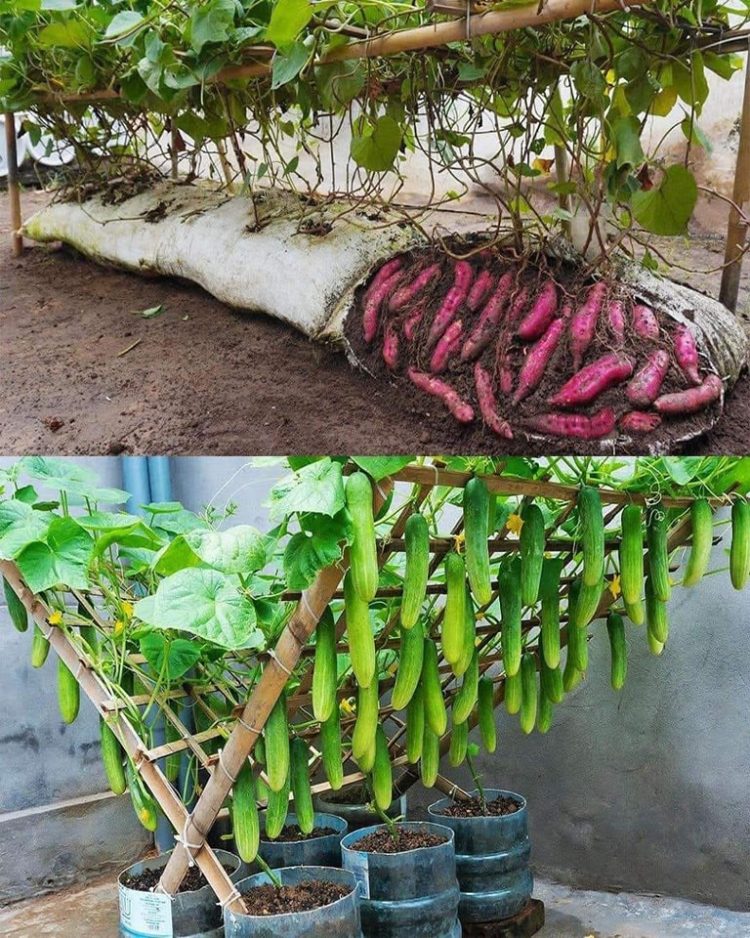Usable in all types of crops, urea dissolves easily in water, releasing volatile chemical elements for the healthy growth of your plants.
But when should you use it to fertilize your plants?
The use of urea as fertilizer
Although you can introduce urea into your vegetable garden in the fall, its effectiveness may be compromised. Indeed, when it is used during this period, the nitrogen released decomposes very quickly under the influence of micro-organisms. Additionally, some nitrogen washes away or leaches into deeper soil layers during the winter, leaving few nitrogen compounds available for plant growth in the spring. However, at the beginning of spring, many gardeners use urea in their vegetable garden. For an effective application, we advise you to apply it 7 to 10 days before sowing, placing it at a depth of 6 to 8 centimeters. You can apply this method even in a closed environment (in a greenhouse or inside your house).
That said, for optimal effectiveness, we recommend applying it to slightly acidic peaty soils with an optimal level of humidity. However, it is essential to bury it carefully in soils with neutral and alkaline reactions to avoid any loss of nitrogen.
Application of urea as fertilizer
When it comes to feeding your plants with nitrogen fertilizers, such as urea, you also need to consider different types of fertilization:
In order to determine the appropriate amount of urea to apply, you absolutely must take into account the structure of your soil, its moisture content, the feeding method as well as the condition of your crops. We recommend that you respect the doses specified below:
Read more on next page
